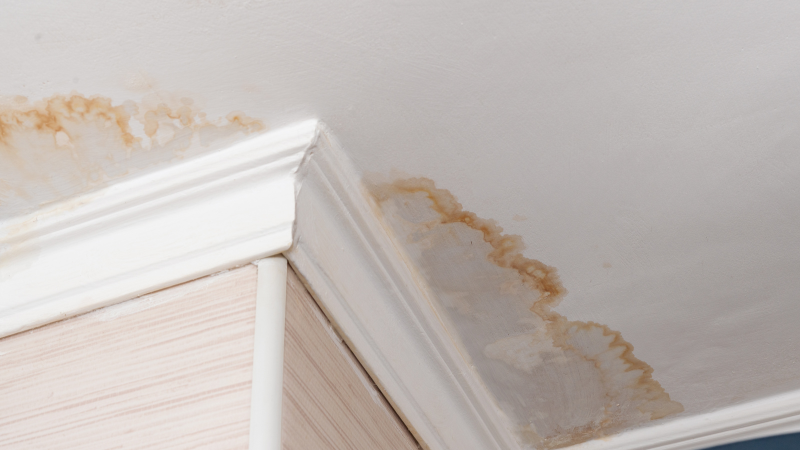How to Fix as well as Avoid Bathroom Water Damage
How to Fix as well as Avoid Bathroom Water Damage
Blog Article
Nearly everybody is bound to have their own individual thinking on the subject of How to Repair and Prevent Bathroom Water Damage.

The washroom is incredibly prone for wet accumulation as well as possible water damages due to the frequent use water in it. This short article supplies simple evaluation methods to aid detecting water damage dangers.
The constant use water in the washroom makes it extremely prone for wet build-up as well as possible water damage. By examining it consistently, you can reduce water related problems.
The adhering to collection of inspections is easy to carry out as well as must be done as soon as in every 3 months in order to maintain your washroom in good shape as well as to avoid prospective water damages triggered by the tub, the shower, pipe joints and also plumbing, sinks, closets, and also the toilet
Do not neglect executing these inspections and also be thorough while executing them. Remember that these straightforward examinations can conserve you a great deal of money by offering early indicators for water damage
Tub and Shower
The shower and bathtub call for special interest as well as maintenance. Inspect the tiles and replace if broken. Ensure that there is no missing out on cement between the ceramic tiles. Check and replace cracked caulking at joints where the walls fulfill the flooring or the tub. Blocked drains as well as pipes problems will prevent the bath tub from drying and may show severe issues beneath the bathtub. Seek advice from an expert right away to prevent architectural damages. Take note of stainings or soft locations around the tub walls as they might suggest an inner leakage.
Plumbing
Signs for water damage are tough to find considering that many pipes are set up inside the wall surfaces.
Pay special attention to floor covering and wall surfaces wetness and also discolorations as they may show an undetectable plumbing issue. Examine moisture degrees in adjacent areas as well.
Sinks and also Cabinets
Sinks and closets are revealed to wetness as well as humidity daily and also are usually forgotten. Evaluate on a regular basis under the sink as well as on the counter top over it. Fix any type of drip in the trap as it might recommend drain problems. Look around the sink, slow-moving draining pipes might suggest an obstructed drainpipe. Change sink seals if they are split or loose.
The Toilet
The commode is a prone water junction. Check the water lines and also search for leakages around the bathroom seat, in the hose, and also under the water tank. If you detect any kind of indications of moisture on the flooring around the bathroom, check for leakages in the toilet rim as well as tank seals.
Realize that hanging bathroom bowl deodorants raises the possibilities for clogs.
10 TIPS TO PREVENT WATER DAMAGE IN THE BATHROOM
The average household uses approximately 80-100 gallons of water per person per day. For a family of 4, that's almost 2,500 gallons of water a week! The largest portion of this consumption comes from bathroom use. Flushing the toilet uses the most water, followed by taking a shower or bath. With that much water running through the home, water damage in the bathroom is bound to happen. Knowing how to spot signs of a water leak is essential to preventing long-term damage. This guide provides you with tips to reduce the impact of water damage on your bathroom.
CAUSES OF BATHROOM WATER DAMAGE
Pipe breaks are the most common cause of water damage we see in our daily jobs. The age of a pipe plays a large role in a pipe break as well as corrosion. Over time, the metal begins to break down, allowing water to escape. Frozen pipe breaks are also a concern in the winter months. Toilet overflows caused by paper products or children flushing inappropriate items. Degraded caulking around the toilet or bathtub can allow water seepage, sometimes behind the fixture, into the subfloor or walls. Condensation forms when the water in a pipe is cooler than the air temperature. Beads of water form on the exterior of the pipes, sometimes so much so that the water begins to drip and pool below. Sink or shower backups created by poor drainage. HOW TO PREVENT WATER DAMAGE IN YOUR BATHROOM
Inspect your toilet supply line for worn or frayed hoses and replace them as needed. Winterize your plumbing to prevent a frozen pipe break. Use vent fans to prevent condensation that can lead to mold growth. Routinely check and replace degraded caulking around your toilet or bathtub. Increase the temperature in your toilet tank and insulate your pipes during the warm summer months to keep condensation from forming. Use child safety locks on the toilets. Flush only toilet paper. "Flushable" wet wipes are actually not good for your plumbing system. Additionally, feminine hygiene products should not be flushed. Prevent water from escaping the tub or shower. Make sure shower curtains are in good condition. Inspect shower doors and replace the seal strip if necessary. Wipe up any water that accumulates on the floor and use bath mats. Water left to sit can cause damage to the tiles and flooring. Refrain from using bath products containing heavy oils to avoid a clogged drain.

We were guided to that article on Looking for Signs of Water Damage in the Bathroom from someone on a different blog. Make sure you take a moment to promote this page if you liked it. We appreciate reading our article about How to Fix a Water Damage Bathroom.
Source This Article Report this page